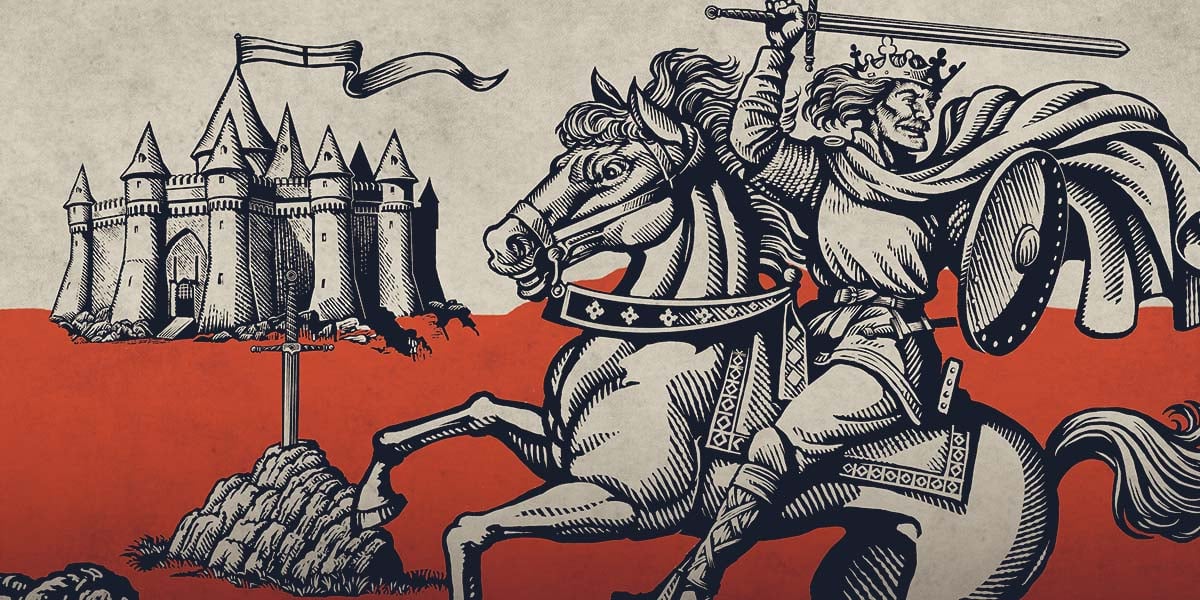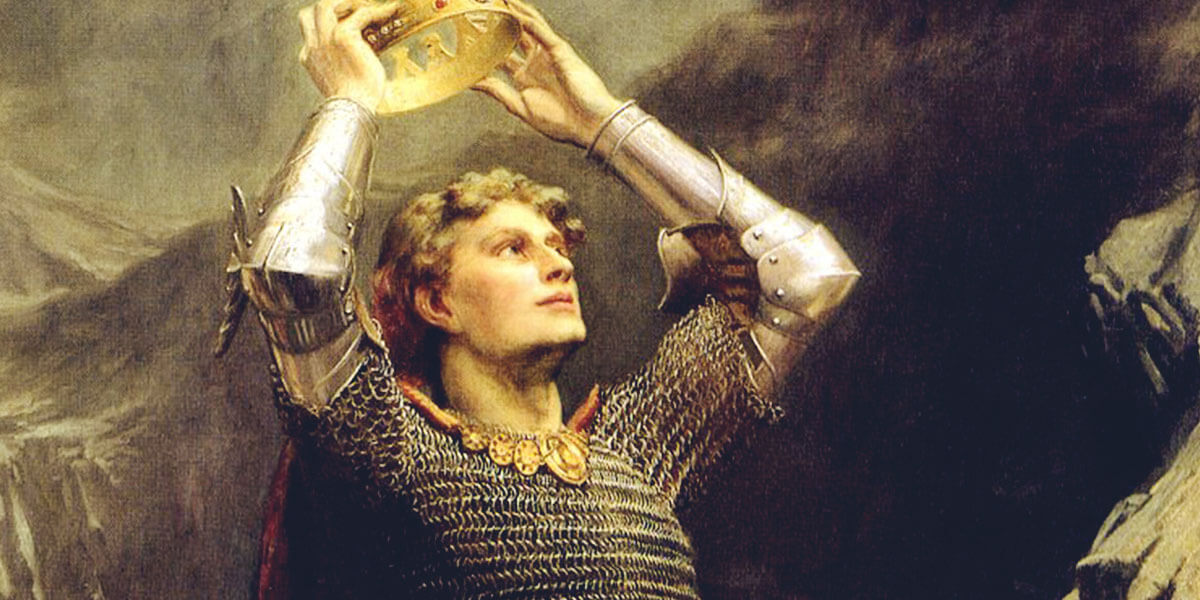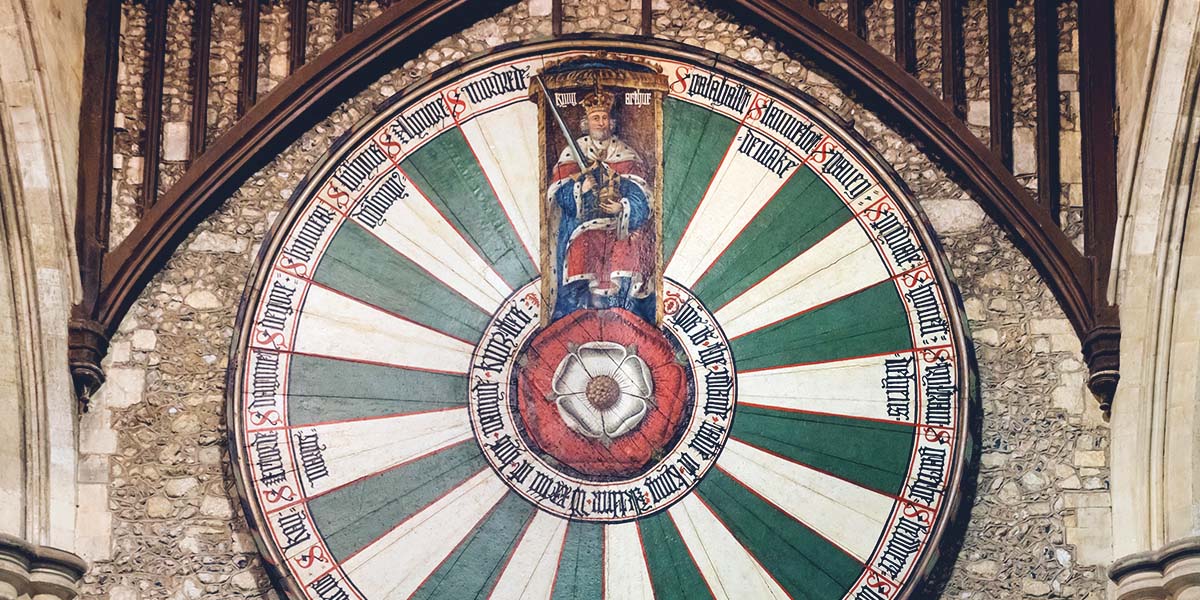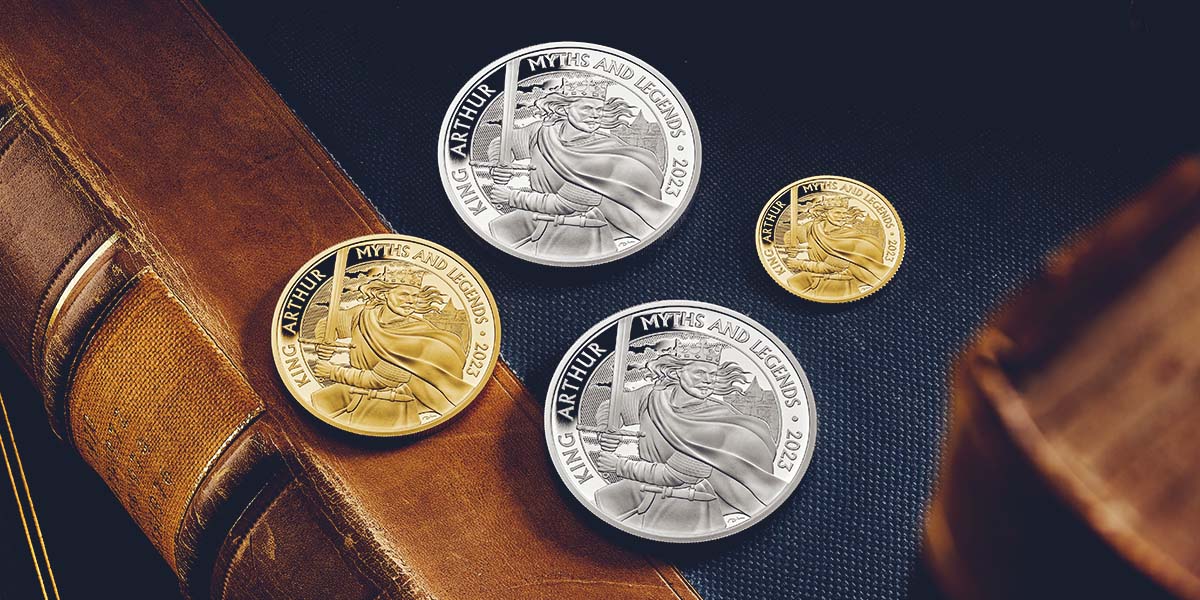Stemming from early medieval Welsh legends, the legend of King Arthur is perhaps the best known and most popular in the canon of British mythology. The narrative has been subject to reinterpretations by various authors, creating an air of ambivalence that has perpetuated its appeal.
Early Arthurian literature in Britain was written in Latin, the language of the literate at the time. By around the twelfth and thirteenth centuries, Arthurian stories written in English emerged in the vernacular spoken by the masses. The process of producing these texts permitted and encouraged reinterpretations of the legend, producing the rich vein of Arthurian myth that remains popular to this very day.

A Legend is Born
King Arthur first appeared in early medieval Welsh chronicles from the ninth and tenth centuries. Some stories from the eleventh to thirteenth centuries, which would go on to form the Mabinogion, depicted Arthur as a warlord, but it was Geoffrey of Monmouth’s Historia Regum Britanniae (The History of the Kings of Britain) that identified Arthur as a king. The narrative also established Arthur’s lineage: a son of Uther Pendragon and born via the magical trickery of Merlin. Appropriately branded a work of medieval literature in the sixteenth century, Geoffrey of Monmouth’s account is a pseudohistorical account of British history. Nevertheless, it is an alluring story that has hugely influenced the popularisation of the Arthurian myth.

Leader of the Knights of the Round Table
Depictions of Arthur have varied throughout the retellings of the legend, including a formidable king that defends Britain against Saxon invaders and a mythical warrior leading a band of knights on heroic quests. In the present day, he is most popularly known as the leader of the Knights of the Round Table, an element that was first introduced in Wace and Layamon’s chronicles from the twelfth and thirteenth centuries as both a physical item and what it represents – a community of like-minded knights.

Honour and Chivalry
The romance tradition helped embellish the legend of Arthur by introducing themes such as courtship and knightly perfection to the tales, as well as popularising characters like Launcelot, Gawain, Galahad, Tristan and Gareth. Often mistaken as tales about love, romance in this context means the tales come from a romance language such as French or Latin, with the narratives more akin to the modern fantasy genre, featuring fantastical elements like quests and dragons. It was also through the romance tradition that introduced Camelot as Arthur’s court, namely Chrétien de Troyes’ twelfth-century Arthurian romances.
The Myth Endures
King Arthur’s historicity has even had a significant influence on the Tudor monarchs. They traced their lineage back to Arthur – no doubt drawn to the allure of his heroic and noble deeds – to use the connection as a justification for their reign. Whilst academics and historians conclude that the figure is purely a myth, the legend continues to live on and shows no sign of evaporating into the ether.
In the 1960s, Disney’s The Sword in the Stone popularised the myth in animated form, and in recent years the story has been retold through Antoine Fuqua’s epic, big-budget film King Arthur (2004), as well as Guy Ritchie’s King Arthur: Legend of the Sword (2017). As the twenty-first century unfolds, the retelling of Arthurian myth will endure and perpetuate its popularity for generations to come.
Myths and Legends Coin Range






